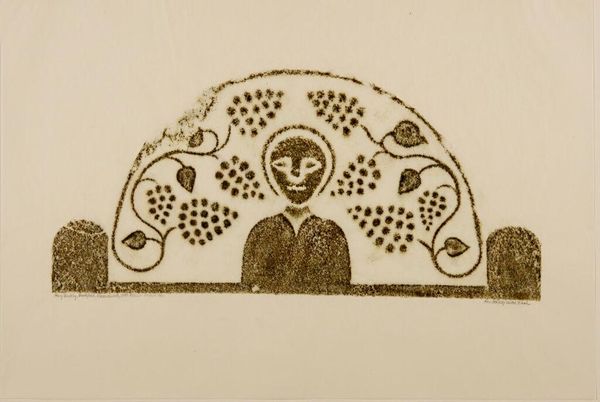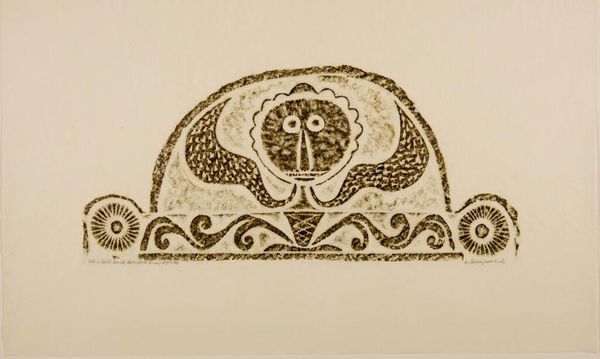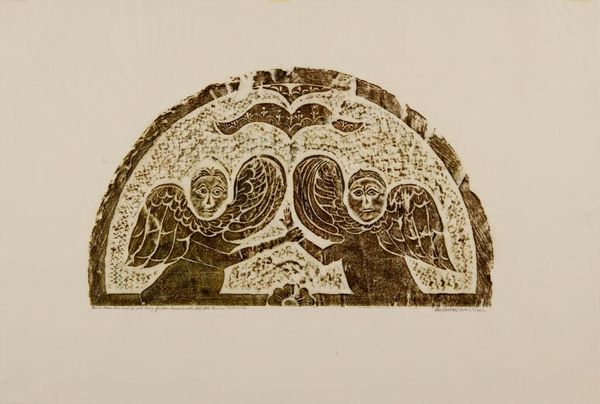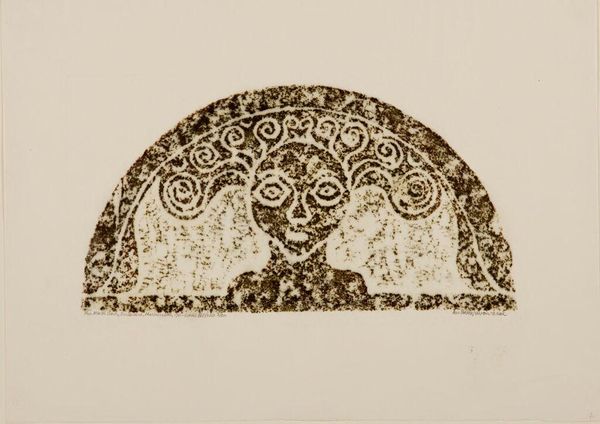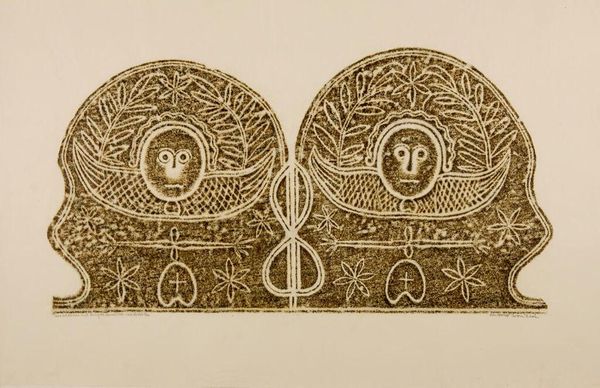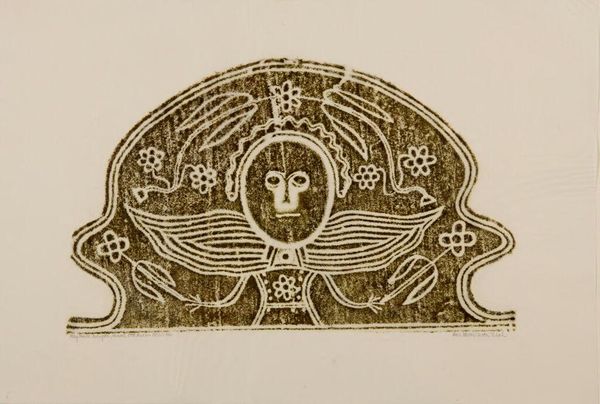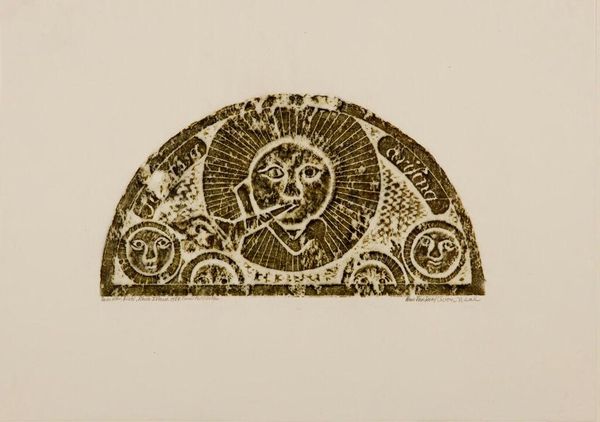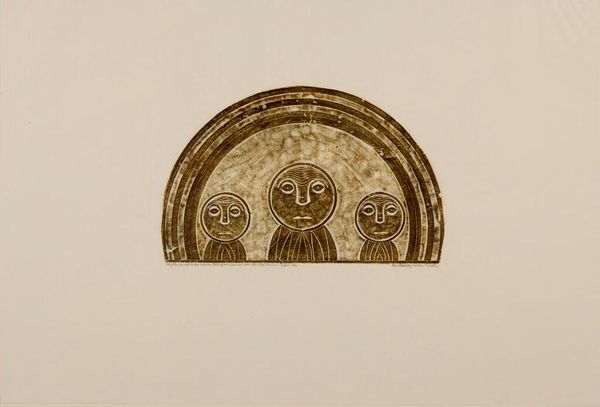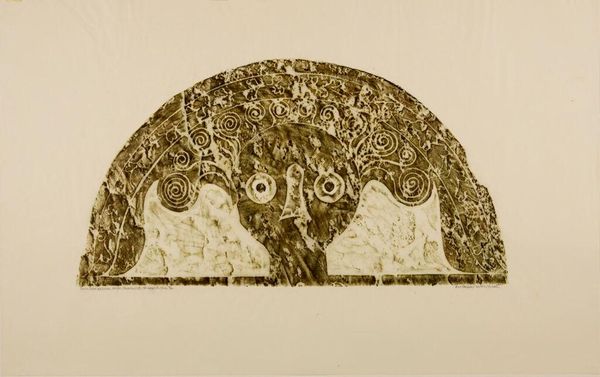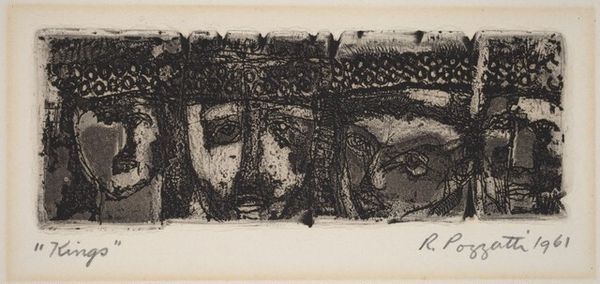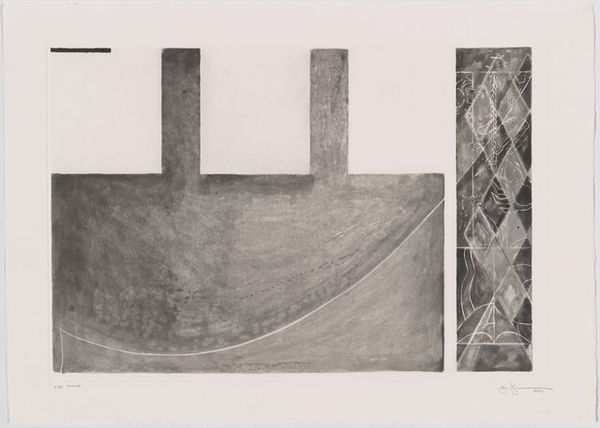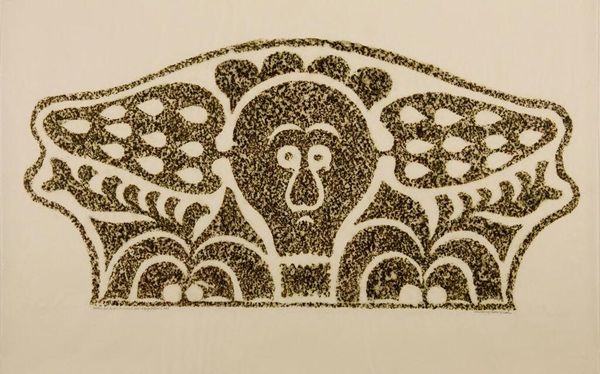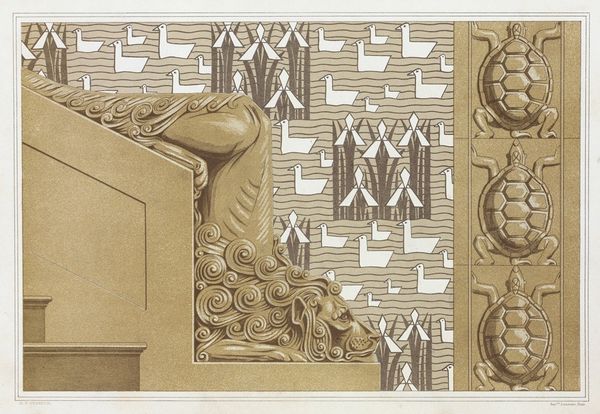
Copyright: CC0 1.0
Curator: This fascinating print, titled "Rebecca Park and Fourteen Infants, Grafton, Vermont, 1803," is attributed to Ann Parker. What do you make of it? Editor: There's a somber, almost ritualistic quality here. The repetitive faces are compelling, yet it also feels incredibly melancholic. Curator: The artist captures a tragic event—Rebecca Park's death in childbirth along with her fourteen children. The iconography and symbolism resonate with societal views of motherhood and loss during that era. Editor: It also speaks to the precariousness of female bodies and reproductive health, even now. Looking at it through an intersectional lens, we can see how gender, class, and race intersect to create unequal outcomes in healthcare. Curator: Absolutely. Ann Parker's visual choices are powerful. These faces, frozen in time, challenge conventional historical narratives. Editor: Considering the public role of art, this piece becomes a memorial. It offers a space for viewers to confront uncomfortable truths about mortality and the value placed on women's lives. Curator: A poignant reflection, indeed. It serves as both a historical document and a lasting testament to collective grief. Editor: Yes. Art can often be a powerful catalyst for acknowledging difficult histories and imagining more equitable futures.
Comments
No comments
Be the first to comment and join the conversation on the ultimate creative platform.
